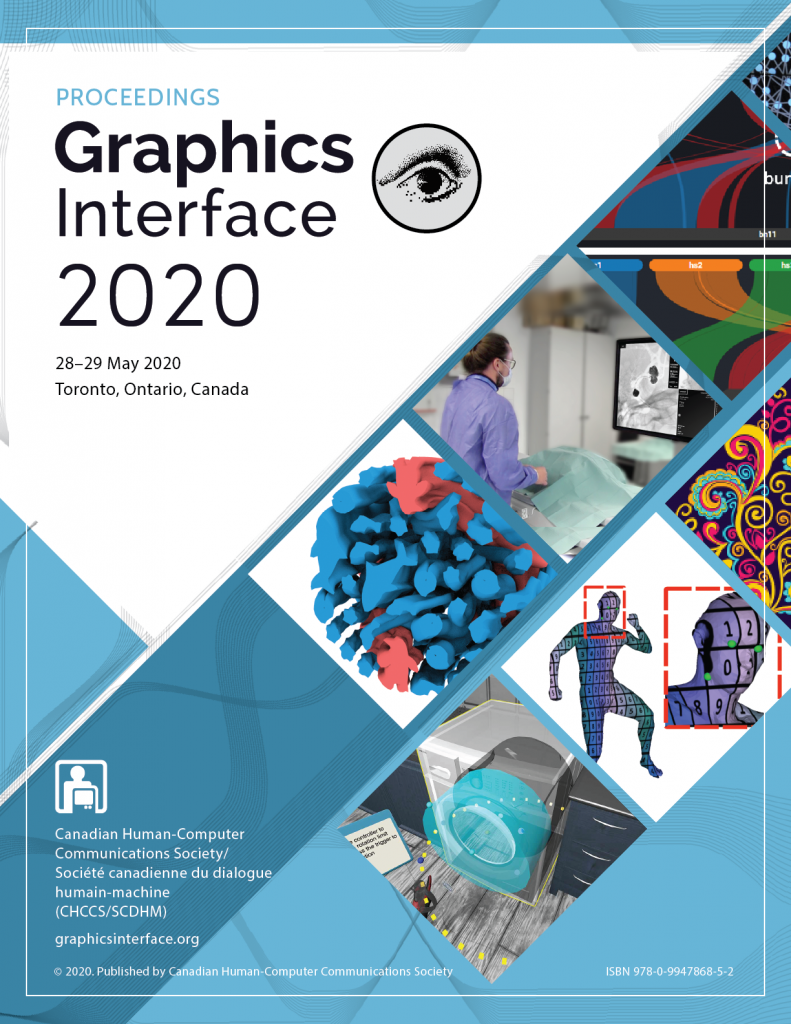Video
BibTex
@inproceedings{Ramachandran:2020:10.20380/GI2020.37,
author = {Ramachandran, Srinivasan and Popa, Tiberiu and Paquette, Eric},
title = {Constraint-Based Spectral Space Template Deformation for Ear Scans},
booktitle = {Proceedings of Graphics Interface 2020},
series = {GI 2020},
year = {2020},
isbn = {978-0-9947868-5-2},
location = {University of Toronto},
pages = {374 -- 381},
numpages = {8},
doi = {10.20380/GI2020.37},
publisher = {Canadian Human-Computer Communications Society / Société canadienne du dialogue humain-machine},
}
Abstract
Ears are complicated shapes and contain a lot of folds. It is difficult to correctly deform an ear template to achieve the same shape as a scan, while avoiding the reconstruction of noise from the scan and being robust to bad geometry found in the scan. We leverage the smoothness of the spectral space to help in the alignment of the semantic features of the ears. Edges detected in image space are used to identify relevant features from the ear that we align in the spectral representation by iteratively deforming the template ear. We then apply a novel reconstruction that preserves the deformation from the spectral space while reintroducing the original details. A final deformation based on constraints considering surface position and orientation deforms the template ear to match the shape of the scan. We tested our approach on many ear scans and observed that the resulting template shape provides a good compromise between complying with the shape of the scan and avoiding the reconstruction of the noise found in the scan. Furthermore, our approach was robust enough to scan meshes exhibiting typical bad geometry such as cracks and handles.





















































